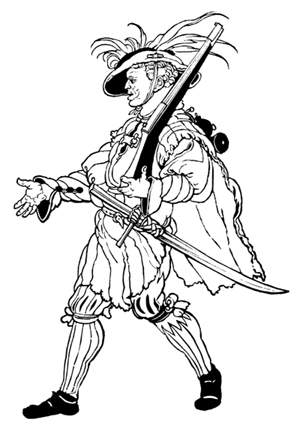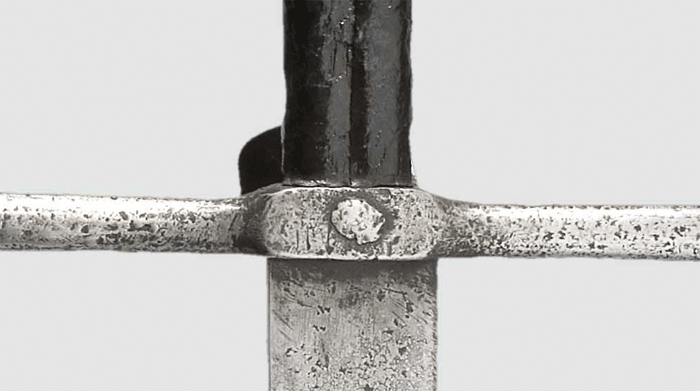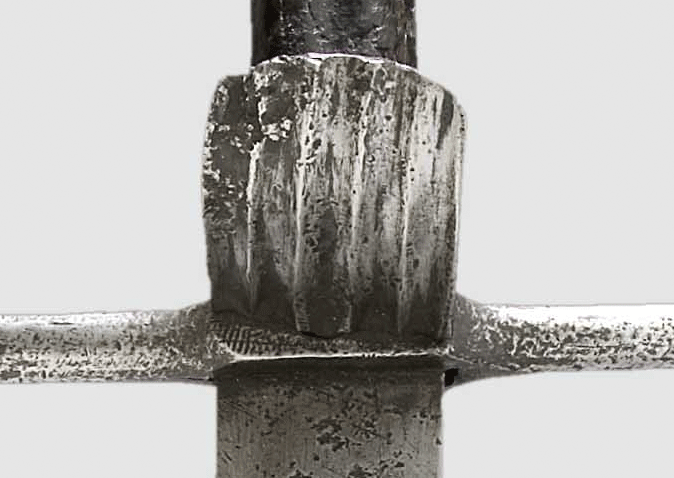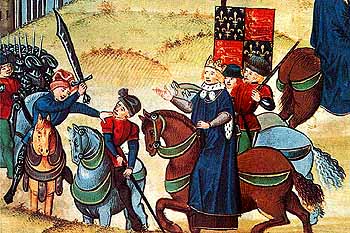So, I would guess that the Dresden example is south German ca. 1500-20, approximately 102 cm overall, with two grip scales attached by tubular non-ferrous rivets and covered with leather. No pommel, cap or plate. Tooled chappe of tubular type as used on swords of the period. Does anybody have any information to suggest that this interpretation is not correct?
The big question concerns the Dresden weapon's blade. The grip is approximately 1/4 the overall length of the weapon. That's a long grip, but even so the absence of a pommel suggests that this weapon would be unwieldy unless the blade is relatively thin. Any guesses about the thickness / section of the blade? I would guess that it's either a thin triangle its entire length OR a thicker triangle at the forte and gradually changing to a thinner and more lenticular section below the fuller. It might even have a symmetrical lenticular section and sharp false edge below the fuller. I just can't tell....I'm going to try to make something in this family, so related images and observations are most welcome. If any of you can visit the museum and actually view, photograph, sketch, or otherwise document this weapon (and also one of their katzbalgers) I'll be willing to pay you for your services. :D





